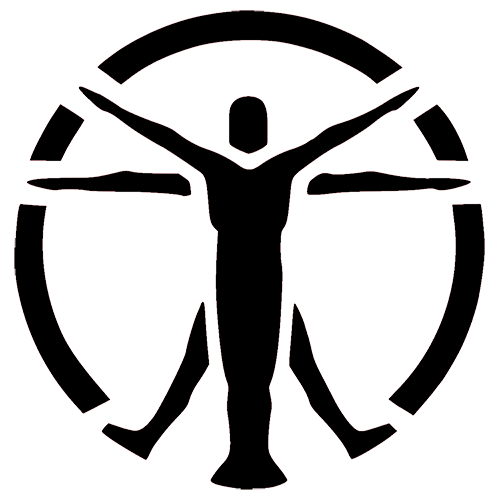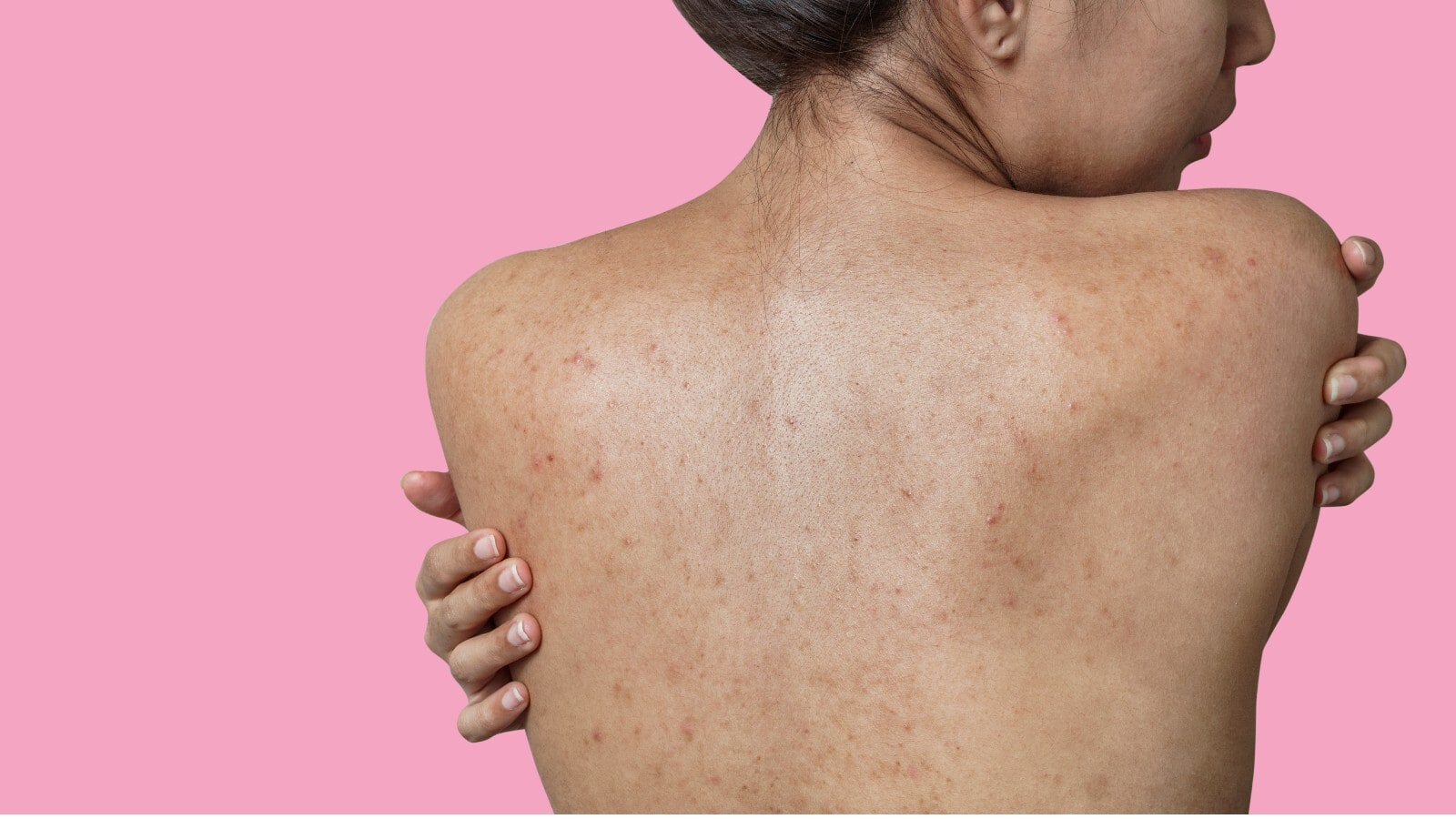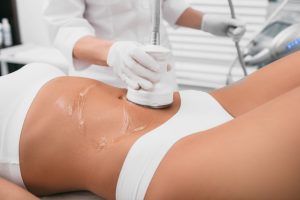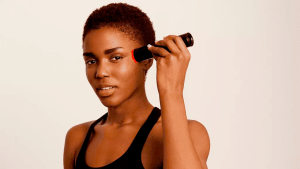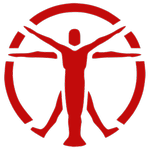Acne is the most common skin condition in the United States. Approximately 40-50 million people are affected by acne on the body; it is also called bacne or truncal acne. This condition is more challenging to treat than on the face. But we have gathered advice from doctors and will share the most effective ways to get rid of it and prevent its occurrence in the future.
Causes of occurrence body acne on chest and back
Body acne can occur even if your face is clean and has no rashes. Here is a common situation of how you can get body acne — if you wear synthetic clothing and it’s hot outside, the body temperature rises, you sweat, and the sweat mixes with sebum and other impurities. That’s the perfect environment for the bacteria to multiply more actively and cause skin inflammation.
Body acne has four pathogenesis just like on the face:
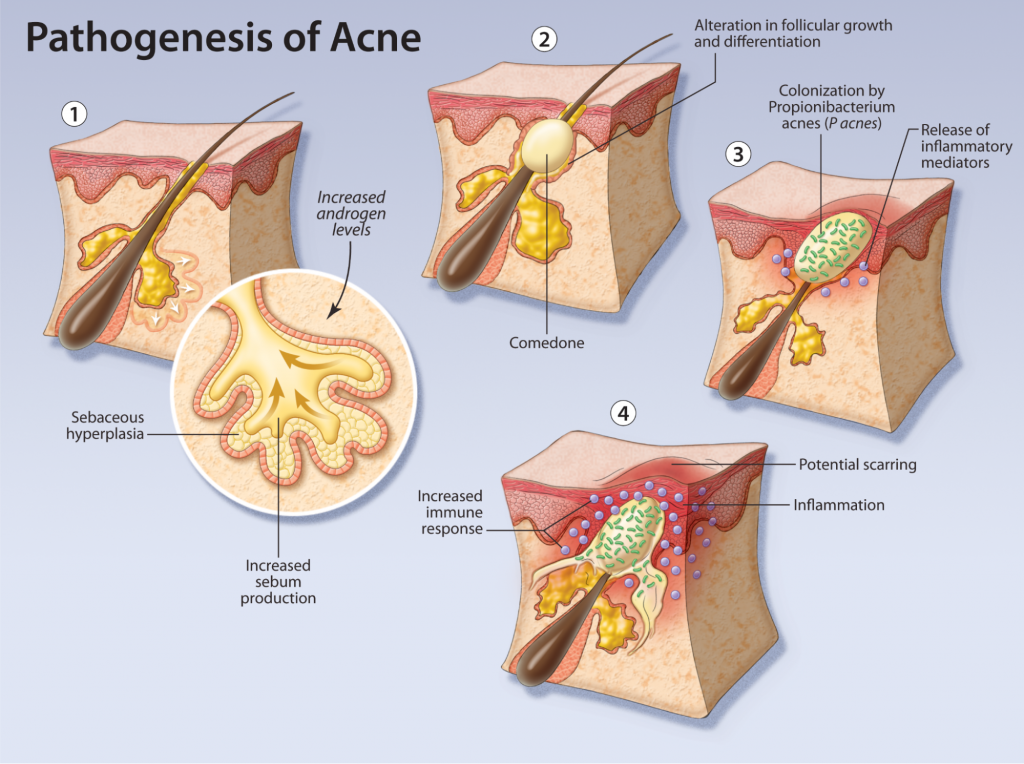
- Hyperproduction of sebum due to hypersensitivity to sex hormones (androgens).
- Follicular hyperkeratosis (a condition in which plugs of dead cells from the horny layer of the skin fill the entrance holes of hair follicles. A thin hair can’t break through the pore and remains inside the skin. As a result, some follicles become inflamed, and some turn red or pink).
- Reproduction of bacteria Propionibacterium acnes and other microorganisms.
- Inflammation in and around the sebaceous glands.
Acne-causing bacteria live on everyone’s skin. If a person has sebum hypersecretion (that is, more sebum is secreted than necessary), it creates ideal conditions for the multiplying bacteria as they begin to feed on it. As a result, these bacteria change the acidity and composition of the sebum secreted onto the skin surface. Thus, such sebum fails to protect the skin from external factors and cannot resist other bacteria that also inhabit the body.
How to treat body acne
To effectively treat acne, you need to know what exactly is causing the hypersecretion of sebum. If there are a lot of skin eruptions and they have been present for a long time, there is a good chance that the treatment will leave a scar. And as we know, acne scars are one of the most difficult to treat.
Treatment of body acne consists of: reducing the hypersecretion of sebum and restoring the immune status of the skin, the hydro-lipid layer, and its acidity. The following methods are used for this purpose.
Light therapy

Laser therapy has anti-inflammatory and bactericidal properties, so it can only fight the external factors of acne. Since the underlying cause is internal: hormonal disorders and follicular hyperkeratosis — the laser does not affect them.
In the mild stage of acne, treatment with blue light is effective since its wavelength does not penetrate deep into the skin and affects it externally. At the same time, such light has a bactericidal effect, dries the skin, has a keratolytic effect, and lightens pigmentation.

The US Food and Drug Administration (FDA) has approved blue light therapy for acne and other visible-light LED devices (blue, red, and blue + red light) for at-home use. Appliances of this spectrum can only affect pimples. Visible light is also not effective against blackheads, whiteheads, acne cysts, or nodules.
Body cleanser
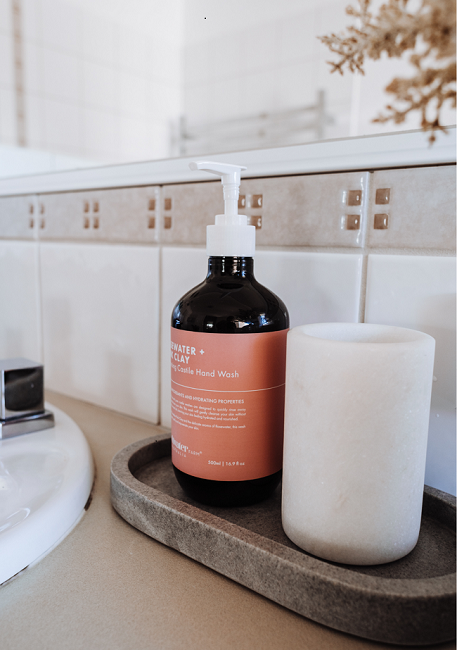
Choose products with salicylic acid or benzoyl peroxide to fight body acne. Salicylic acid removes dead skin cells and cleanses grease. It does an excellent job of clearing pores with blackheads. Use it in a 2% concentration. Benzoyl peroxide is useful in treating acne with red pimples. It reduces bacteria and reduces inflammation. Buy products in concentrations of 5 to 10%. The lower the percentage — the gentler the cleanser, which is preferable as not to dry out the skin.
These products don’t work like ordinary body wash. Because they contain active ingredients, they need to be given time to work. After applying the cleanser, do not rinse it off immediately with water. Keep it on your skin for a minute — so it has time to penetrate the follicle and take effect.
Topical retinoids
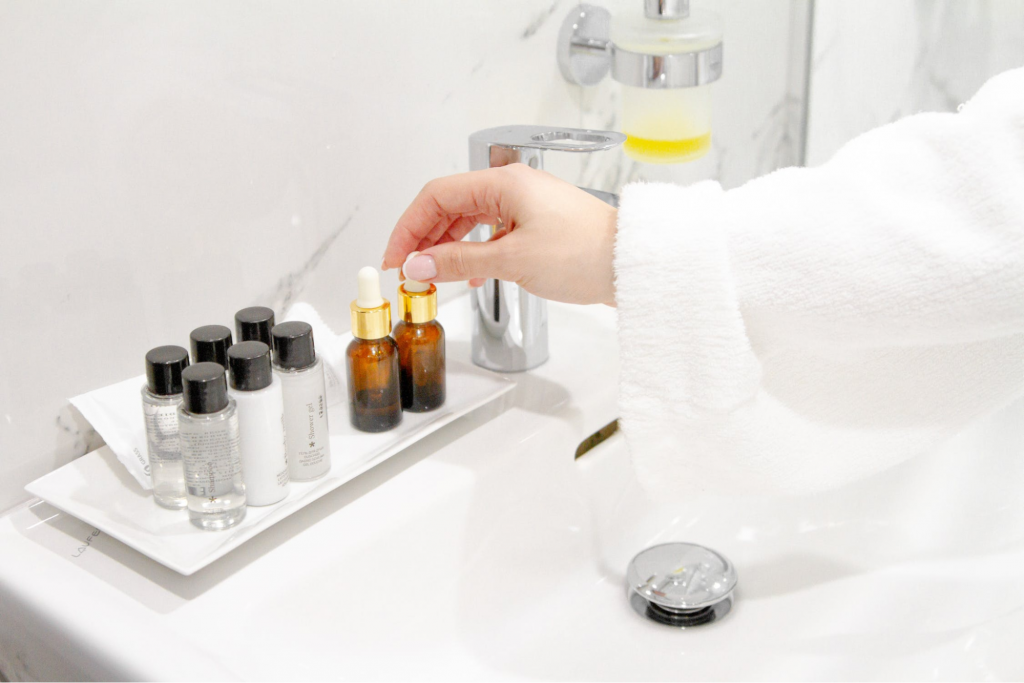
Retinol is the gold standard in acne treatment. Topical retinoids are used for mild acne. They clean pores, reduce sebum production and reduce inflammation. As a result, opportunistic microflora stop actively reproducing and causing inflammation in the sebaceous gland ducts, and the existing inflammation foci disappear without leaving behind a pigmented spot. They help not only to get rid of acne but also to prevent new rashes on the face and body. They are often prescribed together with antibiotic therapy.
Oral antibiotics
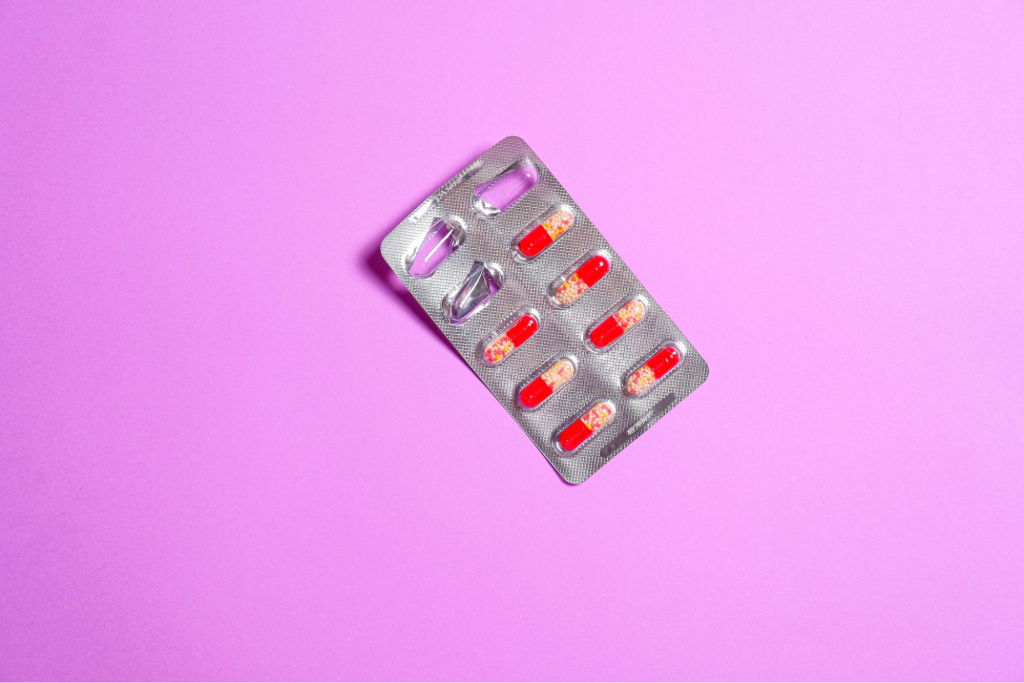
Oral antibiotics such as minocycline, doxycycline, tetracycline, and erythromycin are used to treat acne. Such drugs reduce the number of Propionibacteria acnes on the skin, which is responsible for the appearance of acne.
According to the American Academy of Dermatology Association [1], antibiotics should not be used as monotherapy because antibiotic resistance occurs, and they lose their ability to affect bacteria. They should also be used for as little time as possible.
👨⚕️To achieve this purpose, doctors recommend:
- Take all prescribed remedies in terms of therapy.
- Use gentle skin cleansing so as not to irritate.
- Attend all dermatologist appointments because the treatment may change depending on the situation.
Accutane (isotretinoin)
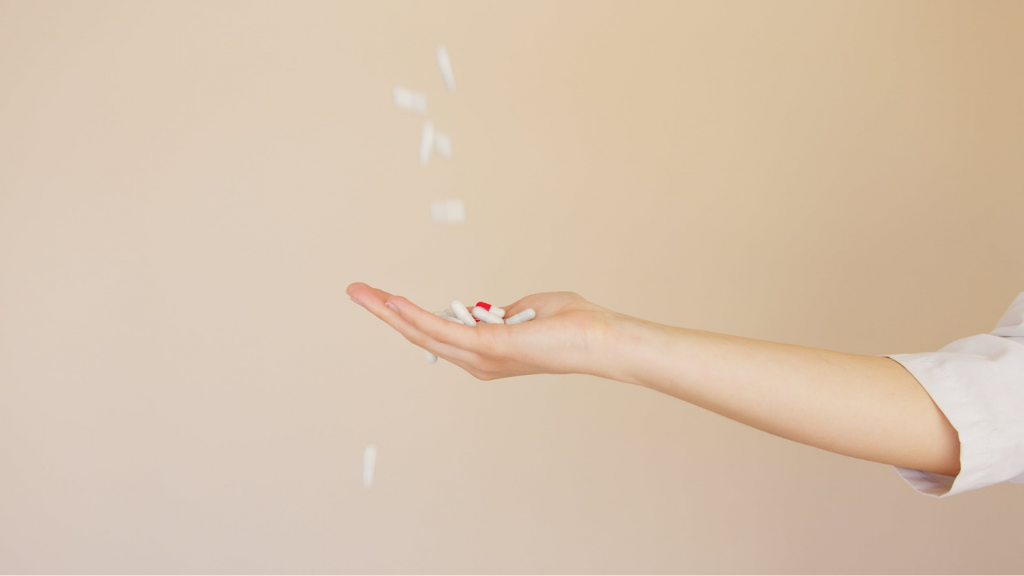
In severe acne, moderate acne resistant to external therapy, and in all forms that are followed by scarring, the prescription of Accutane (isotretinoin) is truly effective. It is often the only chance to get rid of acne permanently, which is especially important for patients with psychological problems.
It is a synthetic vitamin A derivative, taken internally, acts on all the links of the pathogenesis of acne: it suppresses sebaceous glands activity and reduces sebum formation, also suppresses bacterial reproduction, reduces hyperkeratosis of the hair follicle and sebaceous epithelial cells, which lead to blockage of ducts and formation of comedones.
With the suppression of sebaceous glands in the human skin becoming drier, there is a more or less pronounced peeling, which can be successfully combated with a selection of special external means. After a few weeks of taking the drug, the number of acne decreases significantly.
How does light therapy work on body acne?
As mentioned earlier, blue and red light therapy is used in acne treatment. It is effective in mild to moderate cases and is not used as a stand-alone treatment.
Studies [2] show that light therapy helps 85% of patients reduce the appearance of acne by 50% after two weeks of treatment. And after three months, the skin clearance is 70-80%.
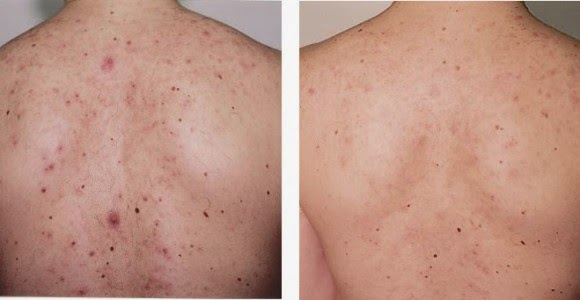
Blue light has an antibacterial effect and fights the bacteria that cause acne [3]. It also makes the sebaceous glands produce less sebum, improves skin condition, and reduces other symptoms of acne, like inflammation and redness. It can be used topically as well as on large areas of the body like the back and chest. Blue light is effective in treating common acne, but not blackheads.
![Blue light has an antibacterial effect and fights the bacteria that cause acne [3]. It also makes the sebaceous glands produce less sebum, improves skin condition, and reduces other symptoms of acne, like inflammation and redness. It can be used topically as well as on large areas of the body like the back and chest. Blue light is effective in treating common acne, but not blackheads.](https://heliotherapy.institute/wp-content/uploads/sites/3/2022/10/image4-9-e1666948236268-1024x769.png)
In the moderate and severe stages, devices with longer wavelengths are used to penetrate deep into the skin and sterilize deep comedones. Such devices work in the infrared range. These are diodes and neodymium lasers. The FDA has approved this type of light to treat pimples, including those that develop on the back. Infrared light cannot treat blackheads, whiteheads, cysts, or nodules.
How to prevent body acne
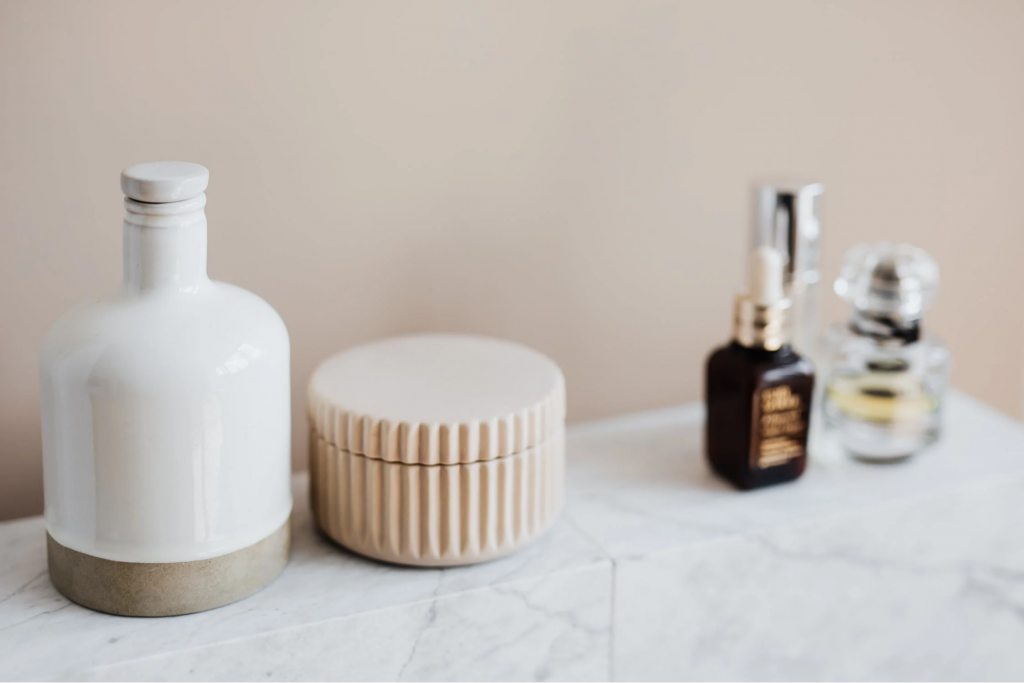
Many people have body acne caused by acne mechanica (when things rub the skin). This occurrence is especially common in athletes when equipment is in constant contact with the same part of the body. In the same way, self and athletic bras can also provoke acne. But even without sports equipment, breakouts can be triggered just by sweating. That’s why it’s so important to watch your body hygiene. After training, change clothes to clean ones as soon as possible to reduce the time of contact of wet clothes with the skin. Always keep your clothes clean, even when you are not exercising.
Cleanse your body with mild products so as not to provoke inflammation. And exfoliate your skin from time to time so that your pores don’t get clogged. Afterward, moisturize your skin with non-comedogenic body care products.
Regardless of the cause of acne on the body, it is important to follow a special diet. Dermatologists recommend paying attention to foods that will help reduce sebum production and its density, preventing the formation of new inflammation.

It is also worth paying attention to the foods list that is recommended to reduce consumption, as they harm skin conditions. These are primarily foods with a high glycemic index (potatoes, white bread, rice, etc.), which quickly increase insulin, which, in turn, stimulates the production of the hormone testosterone — one of the culprits of acne — and increases the sensitivity of the skin to it.
Summary
Body acne is more difficult to treat than on the face. But with proper skin care and nutrition, you can get relief.
The following methods are used for getting rid of acne. For mild acne, topical retinoids are sufficient and evidence-based. For severe acne, systemic retinoids such as Accutane (isotretinoin).
Light therapy is used in addition to the main treatment. Blue light has an antibacterial effect and reduces inflammation. Red light penetrates deeper into the skin and can affect more complex conditions than mild acne.
FAQ
🧼What causes acne on the body?
An increase in male sex hormones and excessive production of sebum secretion cause acne. The Propionibacterium acnes bacterium and its products play a fundamental role in the development of acne. Hormonal imbalance, a weakened immune system, digestive diseases, and infectious diseases are ideal conditions for acne to develop.
🏃Does body acne go away?
Getting rid of acne is not easy. Body acne is more prone than facial to other causes, like friction or acne mechanica. It requires a comprehensive approach to combat the disease. The treatment of acne is relatively long and requires the patient’s discipline and perseverance. As a result, it is possible to put acne into remission.
🧖Is it normal to have acne on your body?
Acne on the body is the norm. It’s just that your body is secreting more sebum for one reason: hormonal changes, heredity, follicular hyperkeratosis, etc. Everyone has Propionibacterium acnes, the bacteria that causes this condition. People prone to acne need to follow a special diet and good hygiene.
🚿Why is body acne getting worse?
Patients need to reconsider their diet because it is scientifically proven that acne is associated with excessive consumption of dairy and sugar-containing products. And most importantly, if a person tends to form acne, if basic daily hygiene is not followed — the inflammatory process will worsen.
Sources
- American Academy of Dermatology Association. (n.d). How long can I take an antibiotic to treat my acne? https://www.aad.org/public/diseases/acne/derm-treat/antibiotics
- Monica Elman, Joseph Lebzelter. Light therapy in the treatment of acne vulgaris. Dermatol Surg. 2004 Feb;30(2 Pt 1):139-46. doi: 10.1111/j.1524-4725.2004.30053.x.
- Tianhong Dai, Asheesh Gupta, Clinton K. Murray, Mark S. Vrahas, George P. Tegos, and Michael R. Hamblin. Blue light for infectious diseases: Propionibacterium acnes, Helicobacter pylori, and beyond? Drug Resist Update. 2012 Aug; 15(4): 223–236. Published online 2012 Jul 28. doi: 10.1016/j.drup.2012.07.001
